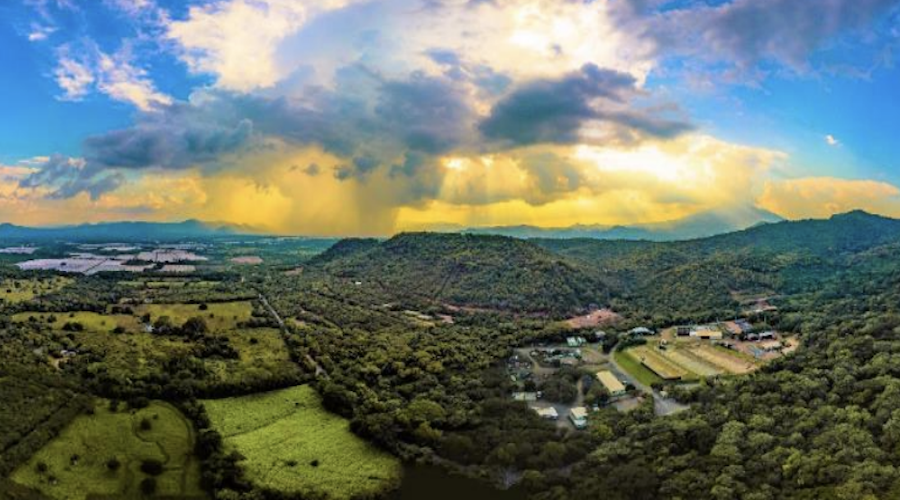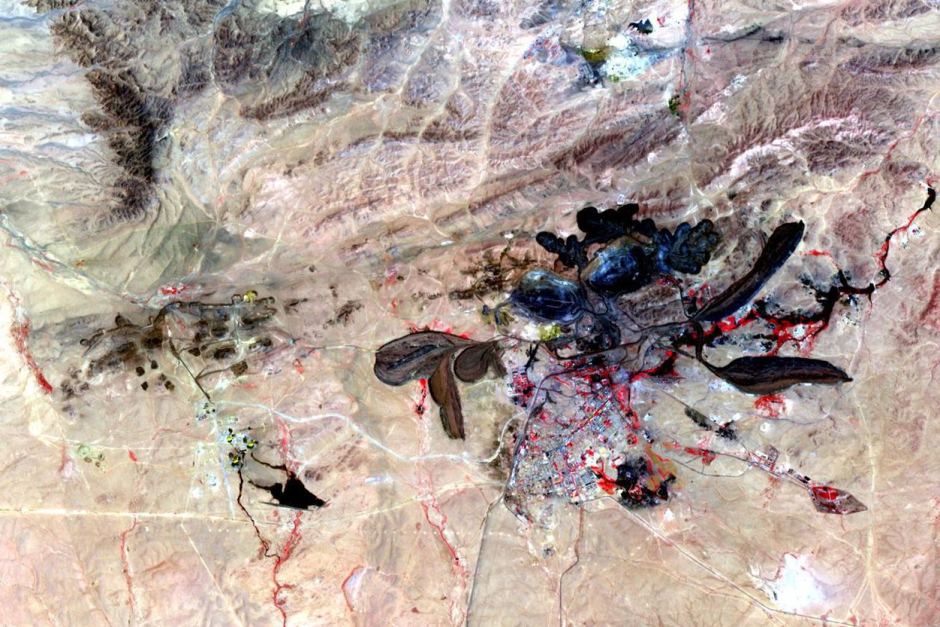Bluestone Resources says Guatemala anti-mining referendum illegal

Canada’s Bluestone Resources (TSX-V: BSR) said the results of a referendum held during the weekend that would ban mining in the Asuncion Mita municipality of Guatemala, where it is looking to develop its Cerro Blanco gold deposit, are unlikely to be enforced.
The company said that the commission behind the vote against mining activity in the area was comprised of individuals with a clear agenda and biased. It also said illegal activities were observed during the referendum held on Sunday.
“This referendum is clearly unconstitutional and filled with irregularities. We are disappointed with the actions of these groups who use these biased referendums to create doubt and uncertainty around responsible mining projects such as Cerro Blanco,” the company’s president and CEO, Jack Lundin, said in the statement.
Bluestone Resources said its legal counsel believes the results of the referendum will not be legally binding, as it went ahead despite a judge’s ruling suspending it.
The Vancouver-based company acquired Cerro Blanco from fellow Canadian miner Goldcorp in 2017 for $18 million plus shares valued at about 9.9% of Bluestone’s capital.
The miner postponeed the beginning of operations as it decided that underground extraction should be switched to open-pit.
The change in mining method responded to the results of advanced engineering and optimization work that revealed an opportunity to capitalize on the project’s near-surface, high-grade mineralization through an open-pit development scenario. In fact, the assessment showed a doubling of the gold resource ounces and production profile.
But the fact that an open-pit operation would require the use of cyanide set off the alarms of environmental groups both in Guatemala and El Salvador, who expressed concern over the potential contamination of shared freshwater bodies such as the Güija lagoon and the Lempa river. The latter is the main water source for San Salvador, the Salvadoran capital.
Bluestone said the mine’s development plans includes a cyanide destruction process to neutralise it, which should ease environmental groups’ concerns.
A feasibility study for Cerro Blanco released in February calls for an open pit gold mine with an average annual production of 197,000 ounces over its 14-year life. At peak production the operation would produce 347,000 ounces of gold a year.
{{ commodity.name }}
{{ post.title }}
{{ post.date }}

Comments